Tomasz Stanisławek
Document Understanding Dataset and Evaluation (DUDE)
May 15, 2023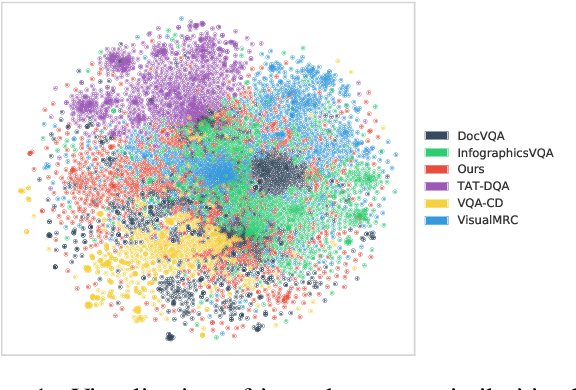
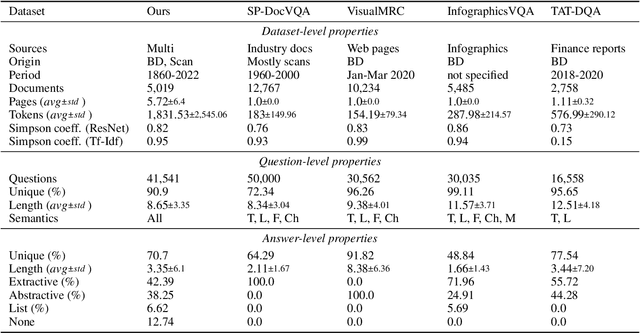


Abstract:We call on the Document AI (DocAI) community to reevaluate current methodologies and embrace the challenge of creating more practically-oriented benchmarks. Document Understanding Dataset and Evaluation (DUDE) seeks to remediate the halted research progress in understanding visually-rich documents (VRDs). We present a new dataset with novelties related to types of questions, answers, and document layouts based on multi-industry, multi-domain, and multi-page VRDs of various origins, and dates. Moreover, we are pushing the boundaries of current methods by creating multi-task and multi-domain evaluation setups that more accurately simulate real-world situations where powerful generalization and adaptation under low-resource settings are desired. DUDE aims to set a new standard as a more practical, long-standing benchmark for the community, and we hope that it will lead to future extensions and contributions that address real-world challenges. Finally, our work illustrates the importance of finding more efficient ways to model language, images, and layout in DocAI.
CCpdf: Building a High Quality Corpus for Visually Rich Documents from Web Crawl Data
Apr 28, 2023Abstract:In recent years, the field of document understanding has progressed a lot. A significant part of this progress has been possible thanks to the use of language models pretrained on large amounts of documents. However, pretraining corpora used in the domain of document understanding are single domain, monolingual, or nonpublic. Our goal in this paper is to propose an efficient pipeline for creating a big-scale, diverse, multilingual corpus of PDF files from all over the Internet using Common Crawl, as PDF files are the most canonical types of documents as considered in document understanding. We analysed extensively all of the steps of the pipeline and proposed a solution which is a trade-off between data quality and processing time. We also share a CCpdf corpus in a form or an index of PDF files along with a script for downloading them, which produces a collection useful for language model pretraining. The dataset and tools published with this paper offer researchers the opportunity to develop even better multilingual language models.
Kleister: Key Information Extraction Datasets Involving Long Documents with Complex Layouts
May 12, 2021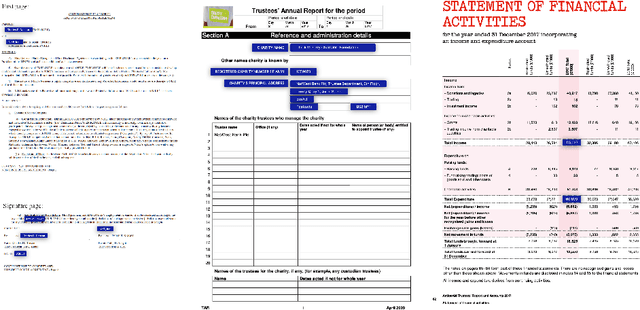

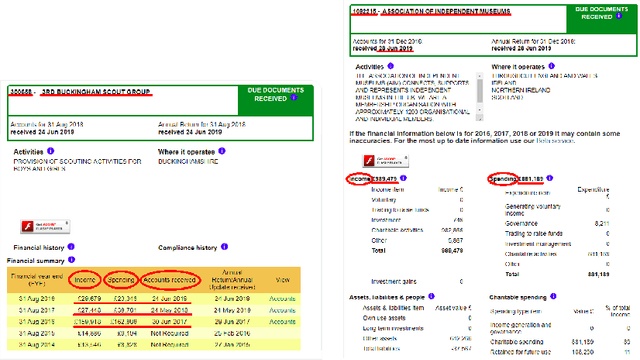
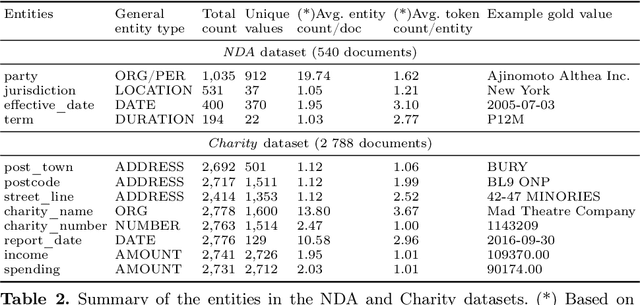
Abstract:The relevance of the Key Information Extraction (KIE) task is increasingly important in natural language processing problems. But there are still only a few well-defined problems that serve as benchmarks for solutions in this area. To bridge this gap, we introduce two new datasets (Kleister NDA and Kleister Charity). They involve a mix of scanned and born-digital long formal English-language documents. In these datasets, an NLP system is expected to find or infer various types of entities by employing both textual and structural layout features. The Kleister Charity dataset consists of 2,788 annual financial reports of charity organizations, with 61,643 unique pages and 21,612 entities to extract. The Kleister NDA dataset has 540 Non-disclosure Agreements, with 3,229 unique pages and 2,160 entities to extract. We provide several state-of-the-art baseline systems from the KIE domain (Flair, BERT, RoBERTa, LayoutLM, LAMBERT), which show that our datasets pose a strong challenge to existing models. The best model achieved an 81.77% and an 83.57% F1-score on respectively the Kleister NDA and the Kleister Charity datasets. We share the datasets to encourage progress on more in-depth and complex information extraction tasks.
Kleister: A novel task for Information Extraction involving Long Documents with Complex Layout
Mar 06, 2020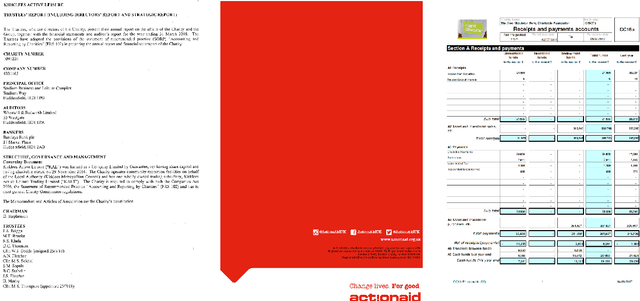
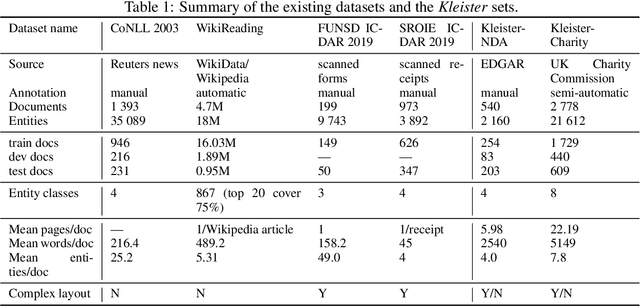
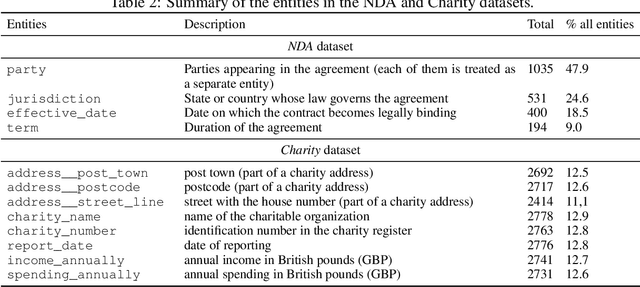
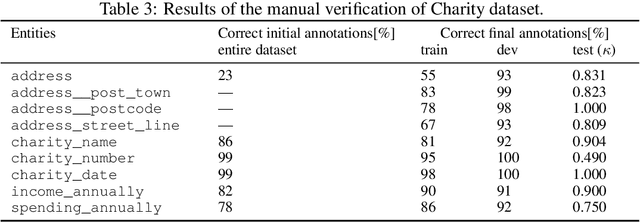
Abstract:State-of-the-art solutions for Natural Language Processing (NLP) are able to capture a broad range of contexts, like the sentence-level context or document-level context for short documents. But these solutions are still struggling when it comes to longer, real-world documents with the information encoded in the spatial structure of the document, such as page elements like tables, forms, headers, openings or footers; complex page layout or presence of multiple pages. To encourage progress on deeper and more complex Information Extraction (IE) we introduce a new task (named Kleister) with two new datasets. Utilizing both textual and structural layout features, an NLP system must find the most important information, about various types of entities, in long formal documents. We propose Pipeline method as a text-only baseline with different Named Entity Recognition architectures (Flair, BERT, RoBERTa). Moreover, we checked the most popular PDF processing tools for text extraction (pdf2djvu, Tesseract and Textract) in order to analyze behavior of IE system in presence of errors introduced by these tools.
LAMBERT: Layout-Aware language Modeling using BERT for information extraction
Mar 06, 2020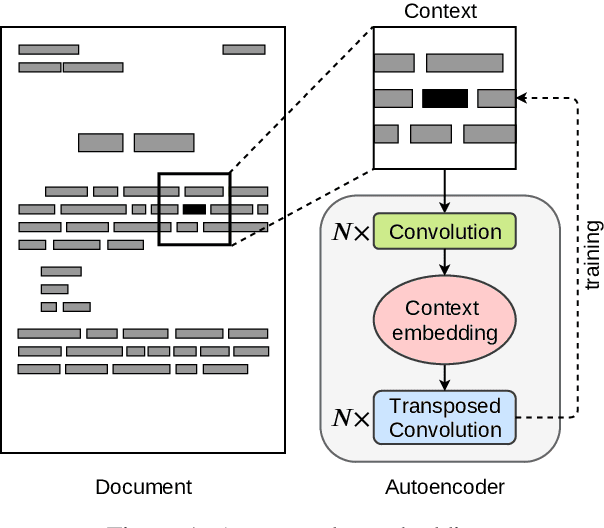
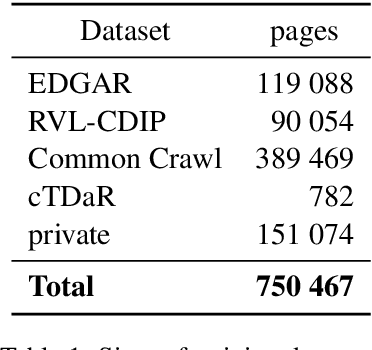
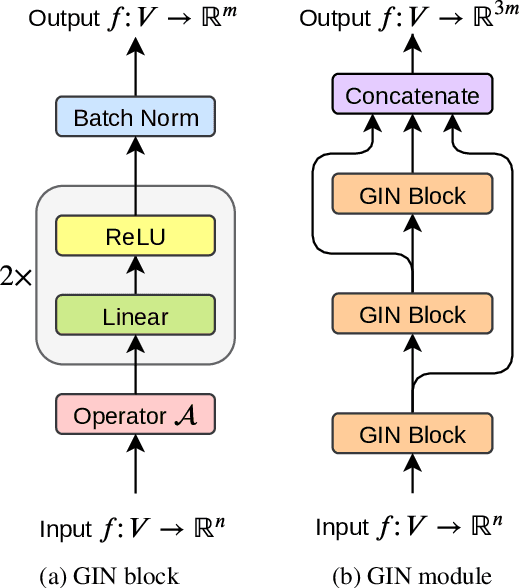
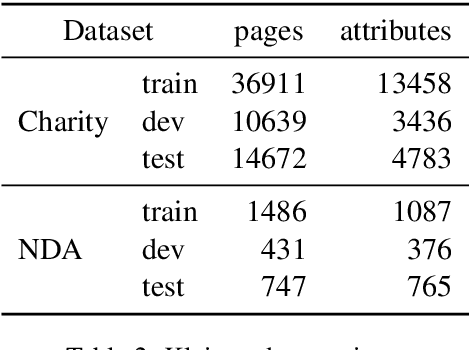
Abstract:In this paper we introduce a novel approach to the problem of understanding documents where the local semantics is influenced by non-trivial layout. Namely, we modify the Transformer architecture in a way that allows it to use the graphical features defined by the layout, without the need to re-learn the language semantics from scratch, thanks to starting the training process from a model pretrained on classical language modeling tasks.
 Add to Chrome
Add to Chrome Add to Firefox
Add to Firefox Add to Edge
Add to Edge